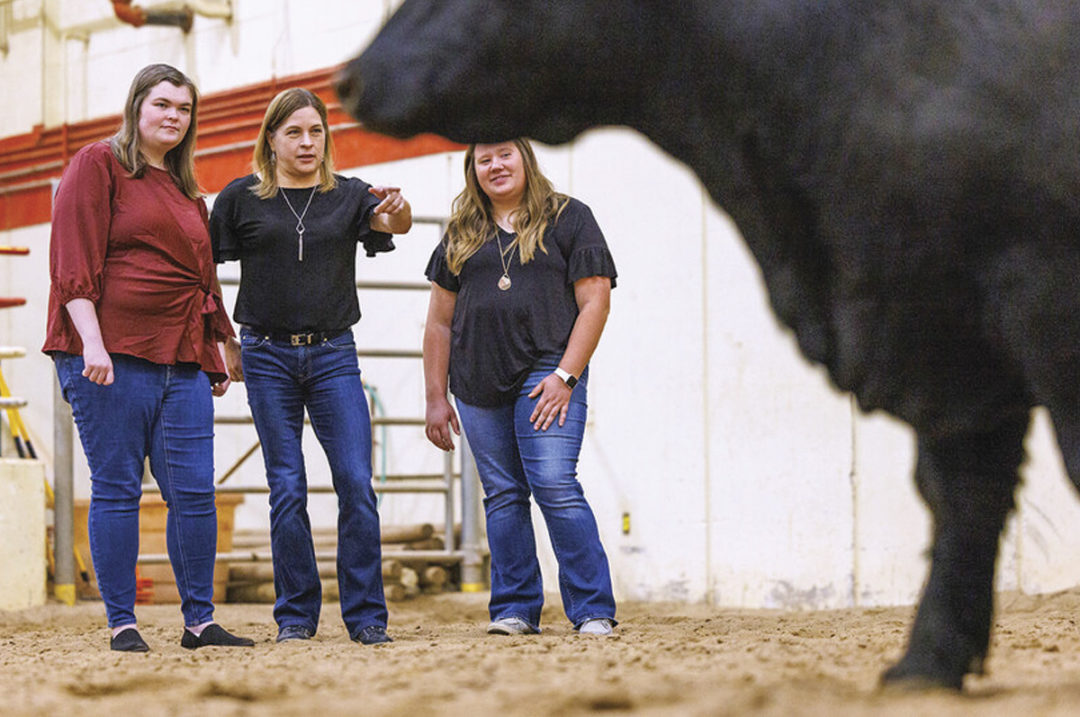Scientists at the University of Nebraska – Lincoln (UNL) have started work on a federally funded study to help the beef industry better understand links between genetics and cattle growth efficiency. The USDA will provide a three-year, $650,000 research grant for the study.
The study will focus on cattle’s mitochondria, cell components whose biochemical activity produces most of the body’s energy for cell function. The researchers hope the project will expand the range of genetic tools used by animal breeders. The five-person research team consists of Jessica Petersen and Dustin Yates, associate professors of animal science; Kristi Montooth, professor of biological sciences; and graduate students Mackenzie Batt and Lauren Seier.
While more genetic data than ever before are utilized by today’s producers, information from the mitochondrial genome is largely ignored. The five-person team of UNL faculty and graduate students hope this project will determine how variations in cattle’s mitochondrial genomes affect growth efficiency.
The hope, says Petersen, is that “information on mitochondrial genotype will serve as a new tool for the selection of the most energy-efficient cows.” In turn, those cows “will produce calves with the same desirable mitochondrial genotype.”
The researchers wrote in their grant application that a mere 1% increase in feed efficiency would save the U.S. cattle industry more than $11 million annually.
Historically, cattle breeding has focused primarily on selecting bulls with the most desirable traits to pass on their characteristics, but this project points to the benefits of also understanding key genomic information from cows. Mitochondrial DNA is inherited exclusively from the dam – meaning cows, not bulls, are the ones passing on the mitochondria so vital to energy production.
The researchers say that an animal’s mitochondrial genomic data can be collected with genetic data already being gathered through commercial genotyping of cattle, thus boosting genomic evaluations with minimal additional expense.
Throughout the three-year course of the project, the researchers plan to analyze genomic data using skeletal muscle samples from about 1,500 steers from UNL’s research and extension centers in North Platte and Mead.
Petersen says this mitochondrial study has a logical and promising follow-up: “The next step is figuring out how the mitochondrial genome interacts with proteins with the [cattle] cells’ nuclear genome,” she says. “That gives us a whole other tool to select for animals that have those better symbiotic genomes.”








